Unlike the tree-felling Tin Man in The Wizard of Oz, Dave Mifsud hasn’t lost his heart. As The Captain discovers, he’s still got plenty left. We hook up with him in the fishing town of Eden on the NSW South Coast. He’s brought his brother, Joe and wife, Helen, as well as his freshly minted alloy hardtop — a McLay 701 Cruiser Gen2 built in Milton in New Zealand.
Dave Mifsud has worked as power plant operator in the Latrobe Valley for 40 years. He’s a problem solver and a straight talker — just the type of bloke you’d want in charge of an 1150-megawatt power station. “I lead a pretty simple life,” he says, sitting stiffly in front of The Captain’s camera. “This is my only brush with fame, not that I’m actually comfortable with that.” Dave knows simple things are the best. His regular pilgrimage to the South Coast of NSW is his way of connecting with family and the rhythm of the ocean, away from the monotony of his regimented workplace. Dave has been holidaying in Eden for the past 20 years and reckons it’s the most beautiful place he’s ever come across — and even better if you can experience it with a boat and the family. “I introduced the children to fishing here, now I’m introducing the grandchildren,” Dave says.
DAVE’S RIDE
Dave’s boat-owning days started right after he bought his first house at the age of 23. The boat was a rough, 12ft Brooker tinnie with a Mercury Blue Band that lived up to its shitty reputation. “It was a good introduction to handling a boat safely,” he recalls. “We’d launch in the surf off Ninety Mile Beach in all sorts of weather.” He’s been a tin man ever since. “I like the versatility — being able to change the way you fish, put in extra rod holders or chuck in an extra grab rail,” he says.
“Alloy is robust — and I’m a little bit rough as a fisho. You can modify them, take to them with an angle grinder and get a local tradie to weld them up or have a go yourself. But the real advantage of alloy is you can get a large boat with fishable space without the weight.” Dave wanted a boat around the 7m mark. He eyeballed Bar Crushers and Stabicrafts before spying a McLay at Sapphire Marine in Eden. “I liked the hull design — I know what good construction looks like — and was very impressed how the McLay was put together.”
But Dave wasn’t happy with the layout and gave dealer principal Wayne a bit of a drilling until Wayne said he could get the boat built from scratch — which was music to Dave’s ears. “Wayne introduced me to the McLay team via a phone link-up. Basically, they were happy to do anything to the boat that I wanted to do.” Naturally, The Captain is keen to hear about canny customisations and Dave’s in his element, breathlessly quoting cabin lengths and hull thicknesses. “They let me draught up what I wanted,” he says. “I shortened the cabin by 150mm to give me more fishing room in the cockpit and had a specific plan for the back of the transom.
I kept the duckboard and cage out back and dropped in a berley bucket that opens at floor height. I widened the transom to let the batteries run perpendicular to the boat, to take up less space in the hatches, which allowed me to have a larger bait tank set to the starboard side of the transom. I raised the cutting board to get some drawers underneath and my tackle is right at hand. That’s my workspace.”
The Captain waits for Dave to draw breath, but the man is unstoppable. “I also removed the standard sliders under the baitboard so it’s now fixed in the middle, above the drawers — and I changed the design so the floor is a little bit deeper. The boat’s got 800mm of freeboard, which gives you a lot of confidence in rough water. I optioned up the plate size from 5mm to 6mm to give it more weight for a better, softer ride.” Dave’s also a bit of a rod holder fiend, with 14 in total, eight on the launcher, four on the baitboard and two on the cage.
TIME TO ROLL
For our test run, we plan to go fishing, naturally. According to local tackle guru Michael Mashado from Pickles Fishing & Outdoors, we’ve got three options. Small tuna have been spotted along the washes of Green Cape. Or we can head to the offshore reefs for snapper, nannygai and morwong. Or we can venture out wider to a warmish patch of water off the shelf to chase large tuna and albacore. Considering Dave is shouting the fuel, it takes us a millisecond to opt for (d) — all three. We load up with live baits near the Eden woodchip mill then head the 14nm southeast to Green Cape lighthouse. The sandstone beacon stands proudly at the northern tip of Disaster Bay — hopefully not a bad omen.
After sloshing around for an hour in the washes without losing a live bait, we head wide to 90m of water along a reef edge, baiting our three-hook paternoster rigs with a cocktail of pilchards, striped tuna and squid. This style of fishing suits Dave to a tee and he shows off the ergonomics of the bait station, working the drawers and stuffing the bait tank with plump snapper. The extra freeboard Dave has designed into the McLay proves its worth, with the cockpit feeling deep and safe. With the esky full, we make the call to head 10nm to the shelf. The McLay cruises comfortably at 26 knots and Dave reckons she’s capable of 33. This boat is less svelte wave slicer, more LandCruiser, moving deep in the water like a Kiwi White Pointer.
The McLay shares a similar shape to its Kiwi cousin with 18 degrees at the transom. The full bow makes for a safe down-sea ride and Dave reckons the wide chines on the updated Gen2 improve stability when travelling. “My previous boat, a Quintrex OceanSport, used to jar, but this boat rides beautifully,” he says. “You’d think you were in a fibreglass boat. But I’d be lying if I didn’t say it was a little bit on the noisy side. If I was to do it all again, I’d take the option of foam filling to dampen the noise.” Next time, Dave says he’d also opt for a digital display at the transom.
TWO OUT OF THREE AIN’T BAD
We arrive at a nice temp break, drop the Swingers outriggers down and deploy a small thin lure out of the shotgun. Five minutes later, Helen is rewarded with a modest albacore and it’s high fives all round. The 25nm run home in the dark is a first for Dave in the McLay, but it gives him a chance to fiddle with his new Garmin electronics and radar — and chat to The Captain about his favourite features.
He’s a big fan of the cockpit working platform, on show during the snapper slaying, and reckons getting the boat on and off the trailer was a pleasant surprise and much easier than anticipated. Dave’s rocking a Transtyle AT2700 aluminium trailer, which was critical as he approached the 3.5 tonne towing limits of his Jeep Grand Cherokee. “Overall, the boat has given me a lot of confidence,” he says. “I’ve already been out on days I wouldn’t have gone out in the older boats.”
HONDA SINGLE POWER
On the motor option, Dave says that 10 years ago, the singles vs twin outboards discussion was one worth having, but that the reliability of today’s four-stroke outboards makes it a no-brainer. “If you’re maintaining and servicing your vessel, you should have no concerns. This is my first Honda.
It purrs like a kitten and it’s very quiet at idle — the live bait tank makes more noise! And there’s very little in the way of fumes.” He’s happy with the fuel economy as well and reckons that on average, he’s getting three trips to the one he used to get with his Quintrex and E-TEC 150HP combo. “We had a very big trip yesterday,” Dave says. “We did 150km in reasonable conditions, mostly at 45–50km/h, left the motor running all day for 12 hours — and chewed up about 125L of fuel. In my book, that’s pretty economical for a full day’s fishing.”
GREEN CAPE LIGHTHOUSE
At the tip of Green Cape headland on the northern boundary of Disaster Bay sits the Green Cape Light Station, the southernmost lighthouse in NSW. At 29m (95ft) tall, it’s also the state’s second highest lighthouse and a prime spot for spotting migrating whales from late May to early December. However, this bold concrete beacons’ primary purpose is to stop ships slamming into the rocks. The name of the bay is the giveaway — this stretch of water is a shipping graveyard and has been a disaster for seamen for more than a century. Coastal shipping ramped up in the mid-19th century, initially to service the pastoral and whaling industries, then later the goldmining biz. Green Cape was basically a bloody great speed hump, especially for ships hugging the coast to take advantage of favourable currents, or possibly trying to sneak inside the East Australian current.
In 1875, the government of the day had decided to build a “highway of lights” along the NSW coastline — including 12 lighthouses in Sydney Harbour and a further 25 along the coast. One of these was the Green Cape Light Station. Completed and fully operational in 1883, with its kerosene-powered light visible for a radius of 34km, it was an impressive safety feature. Nonetheless, on a clear, calm night in May 1886, the SS Ly-ee-Moon managed to run aground at full speed onto a reef at the base of the beacon. En route from Melbourne to Sydney, the 282ft coal-powered steamer broke apart amidships, near the boiler, and 71 passengers and crew were lost. The captain and third officer survived to be charged with manslaughter, but the state decided not to proceed with the case. One of the greatest losses of human life in a single shipwreck in the state’s history, its cause remains a mystery.
MORE INFORMATION
Sapphire Marine 33-37 Princes Hwy, Eden, NSW
(02) 6496 4490
www.sapphiremarineautomotive.com.au
MORE INFORMATION
McLay Boats 299A Union Street, Milton, Otago, New Zealand
+64 3 417 8135
www.mclayboats.co.nz

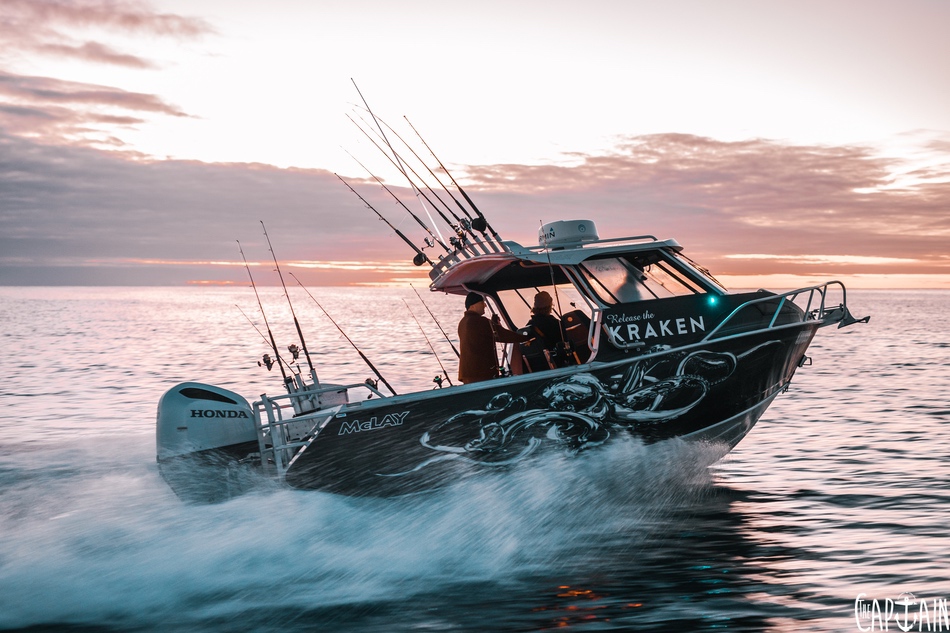
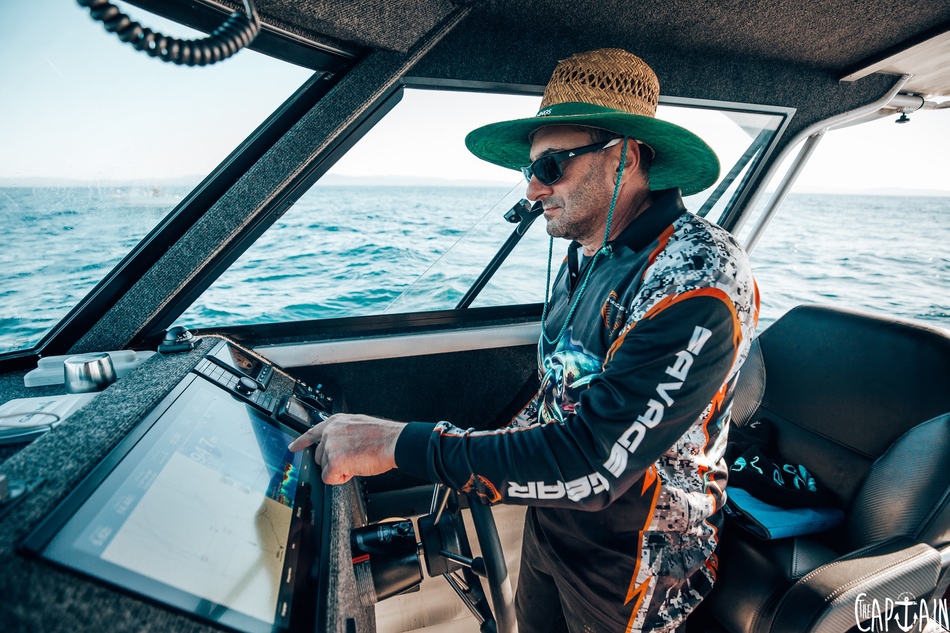
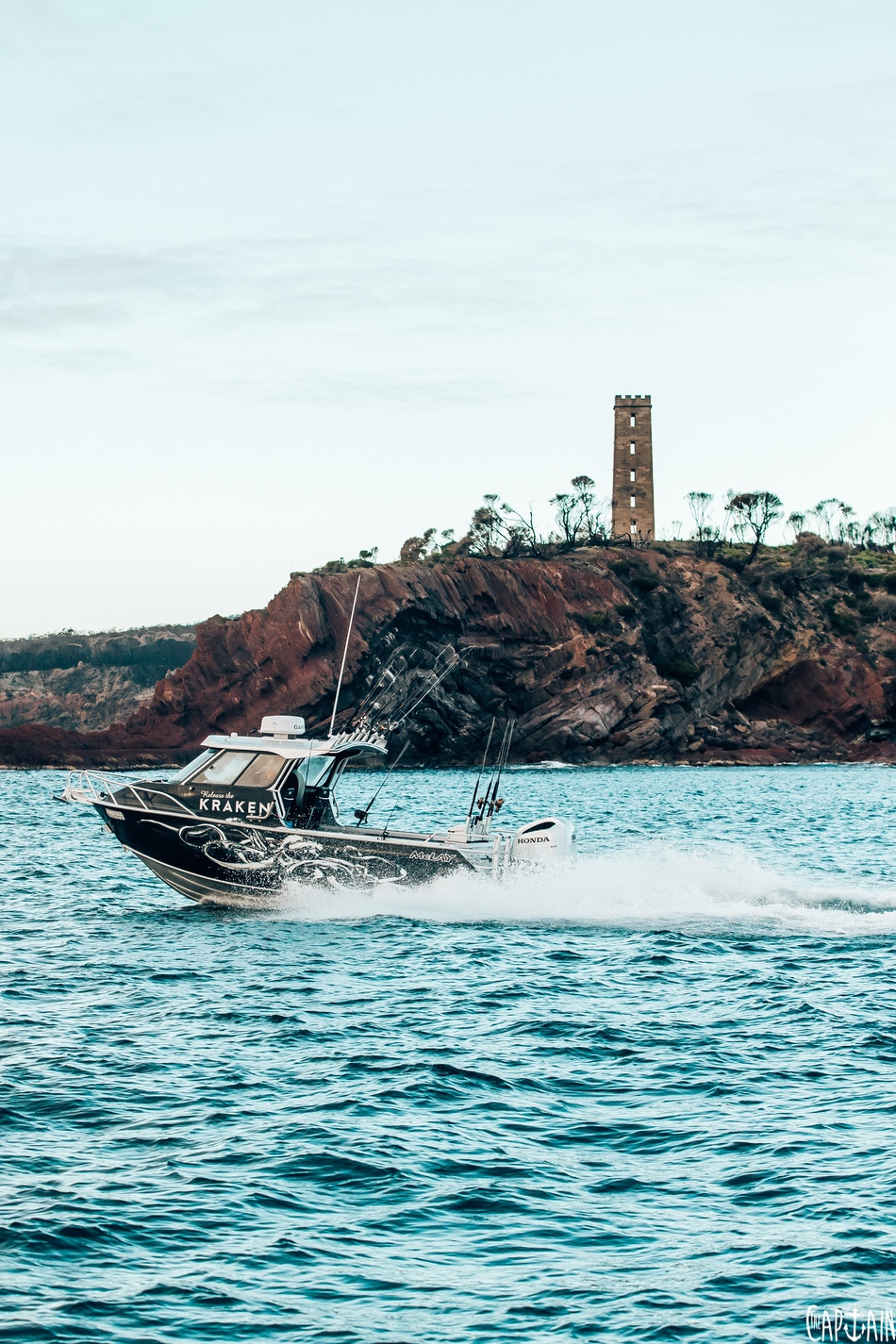

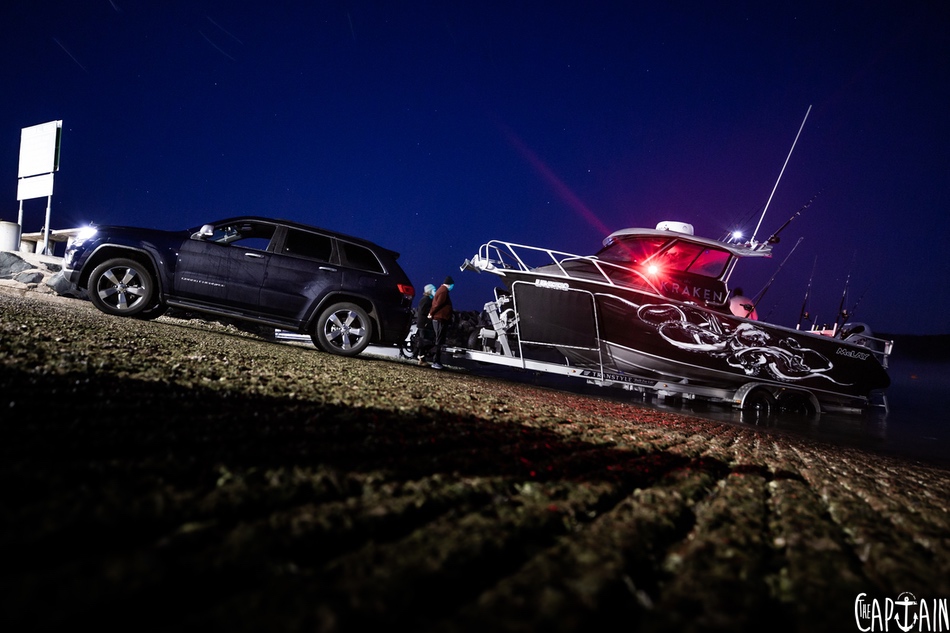

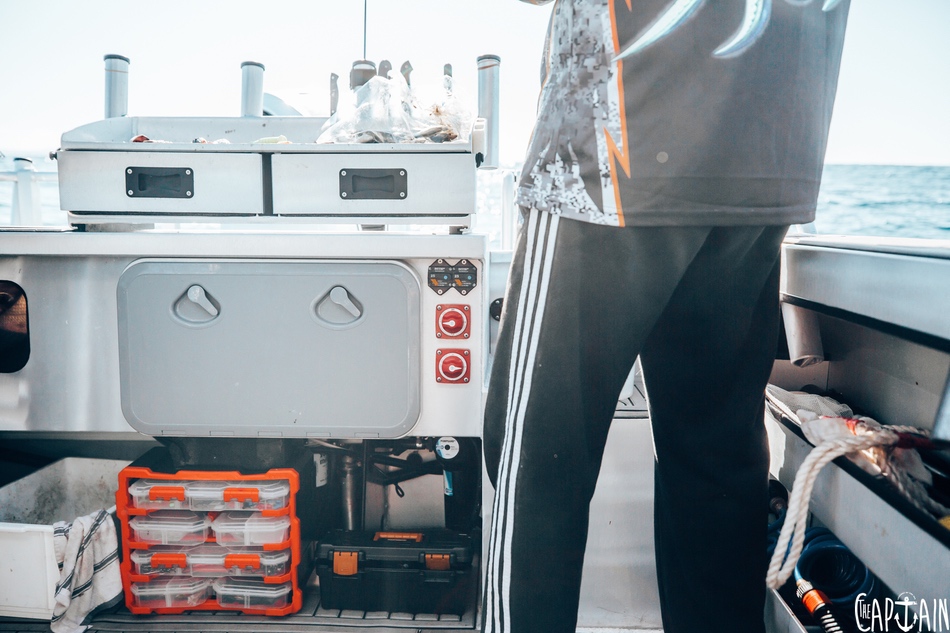
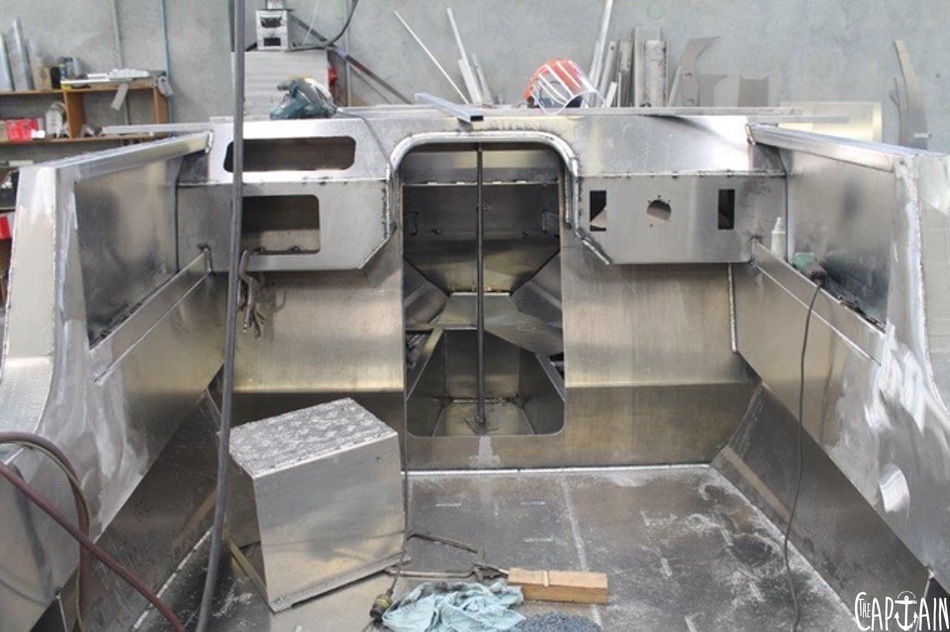
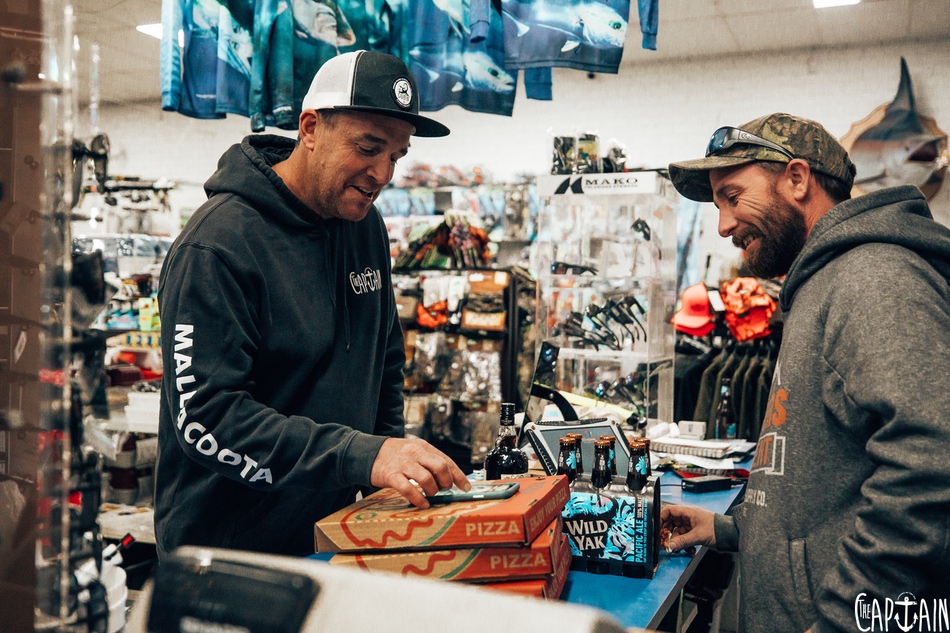
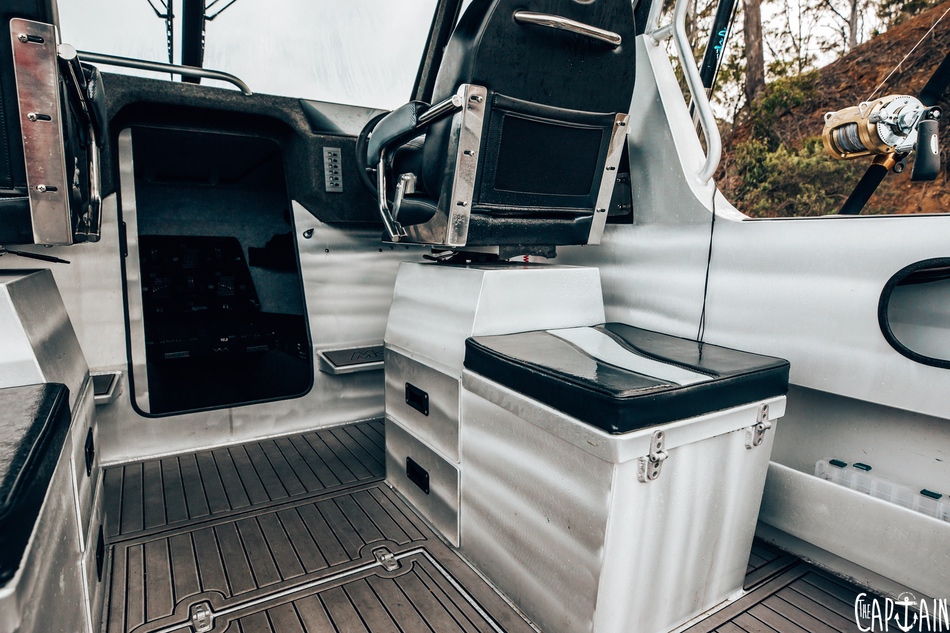
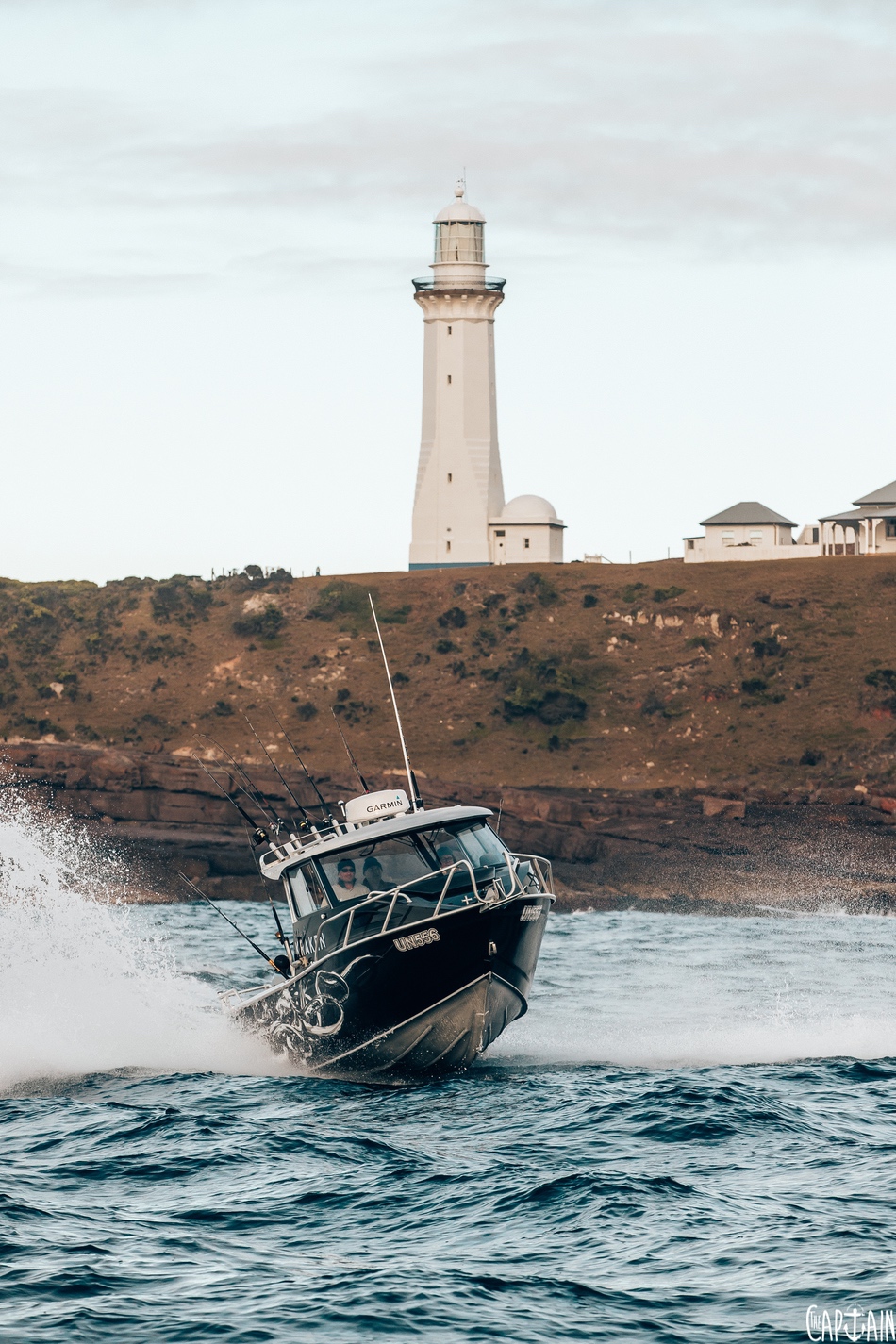


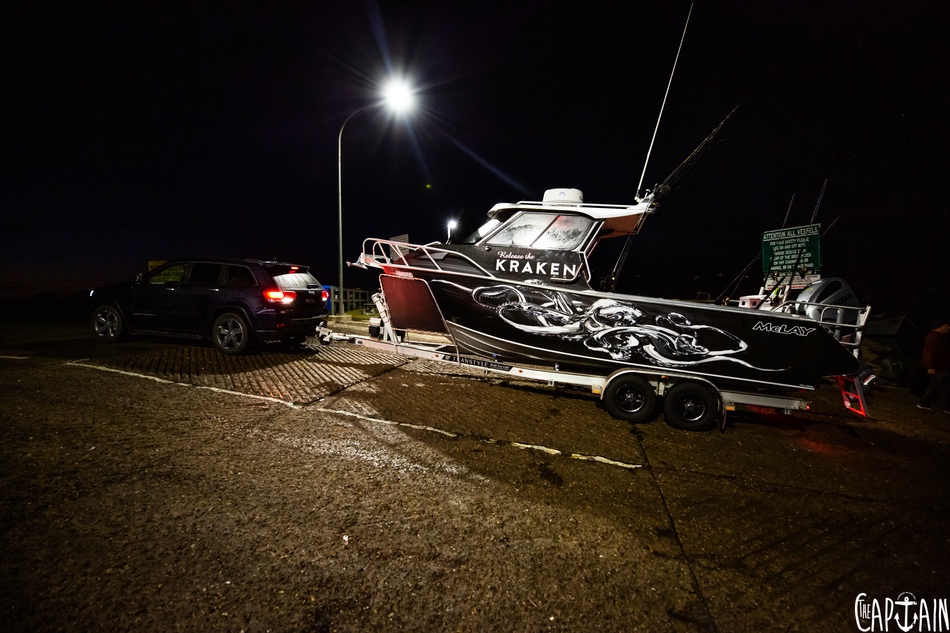
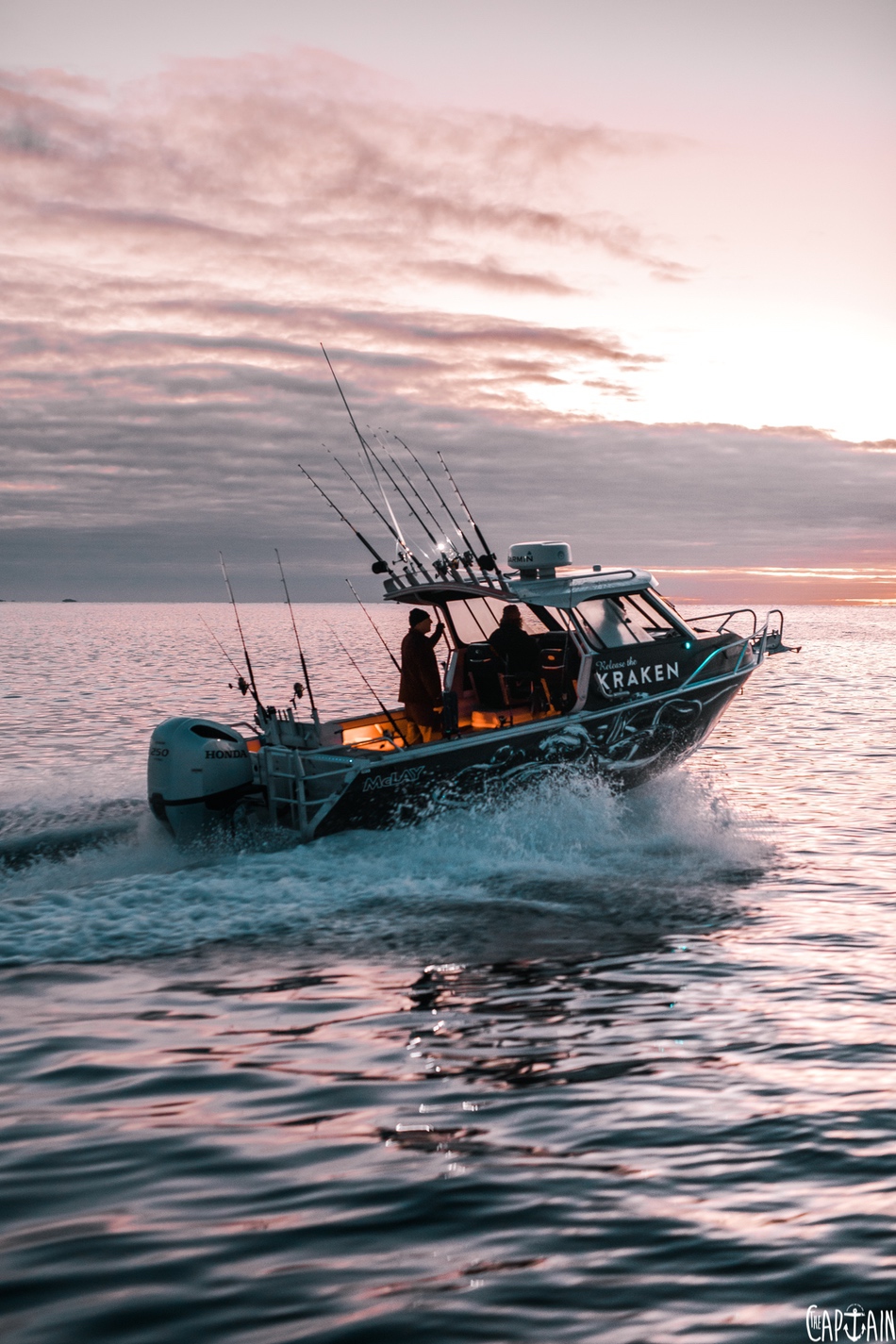
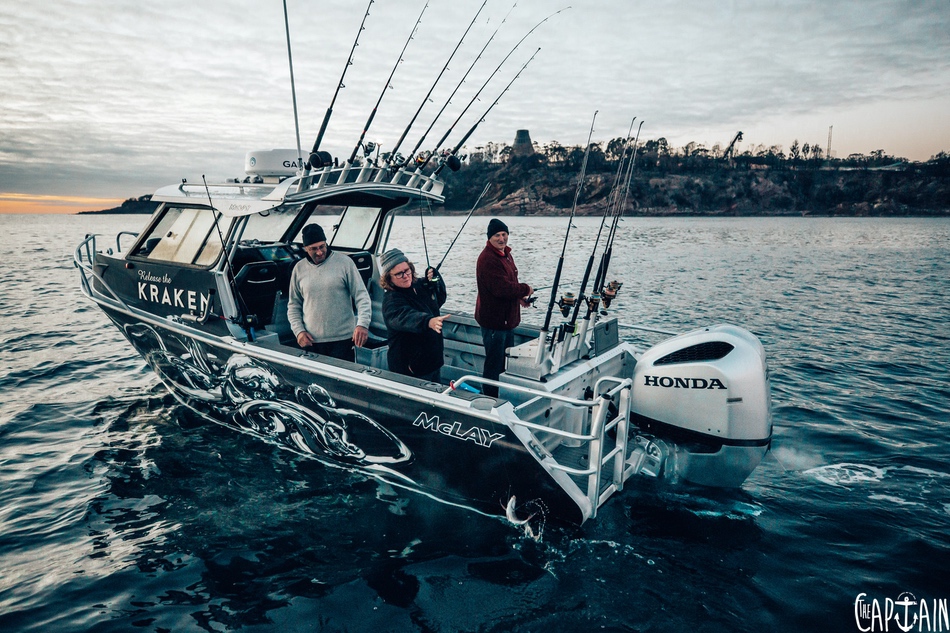
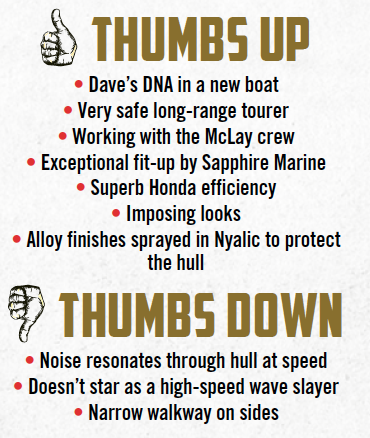
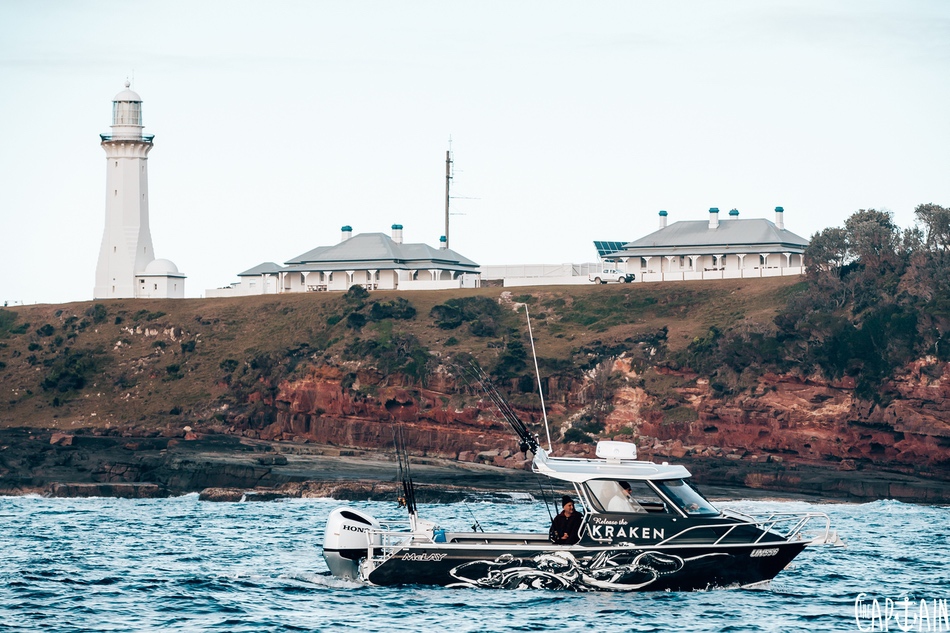
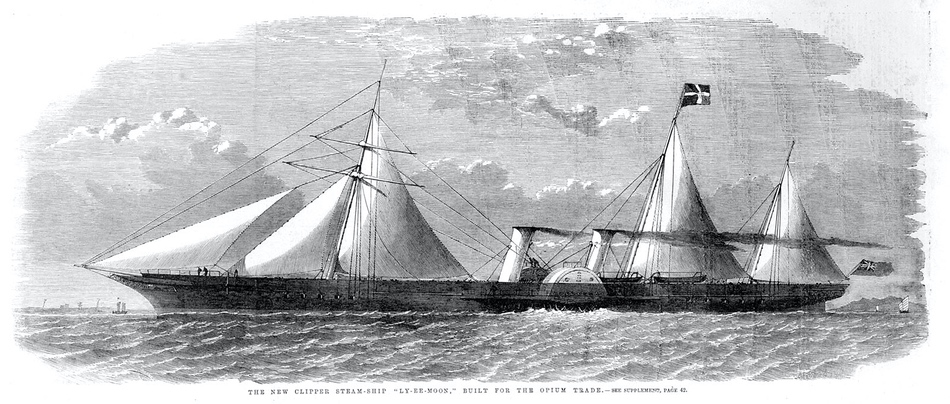
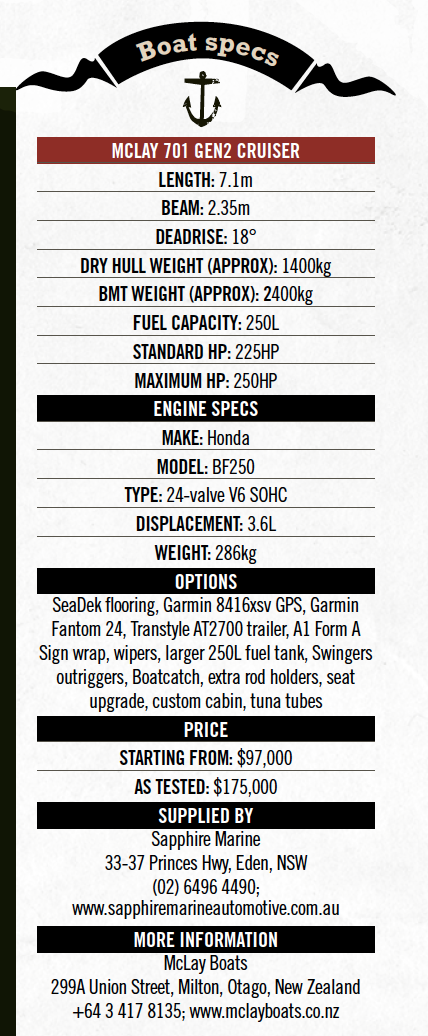
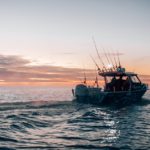
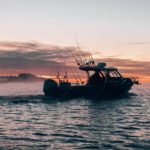
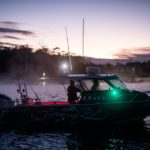
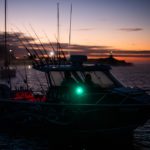
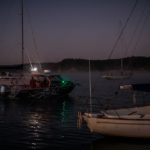
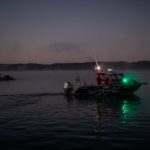
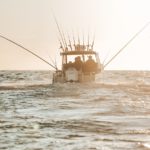
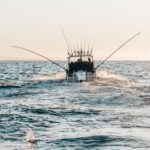
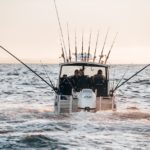
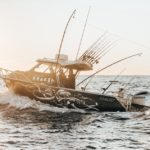
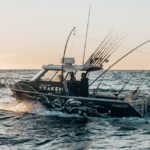
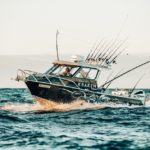
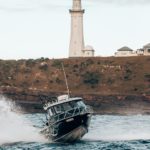
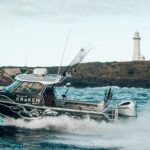
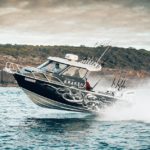
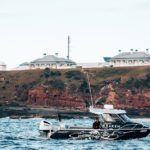
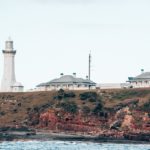
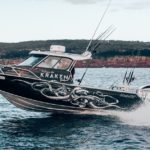
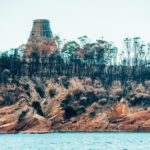
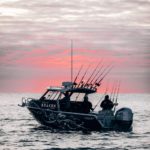
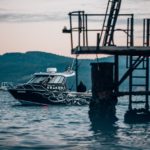
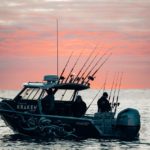
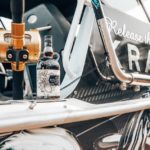
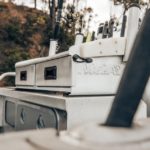
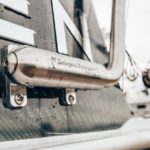
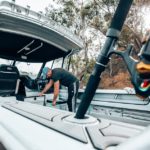
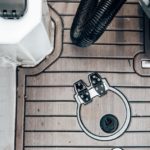
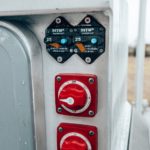
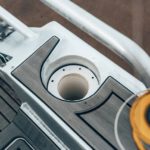
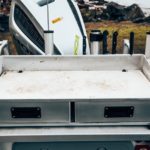
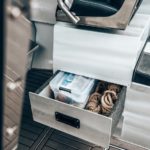
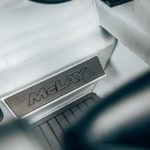
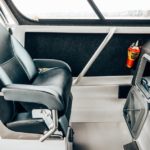
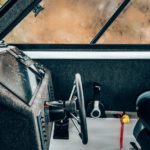
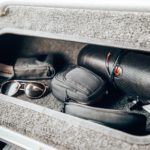
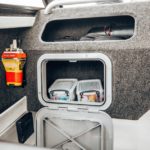
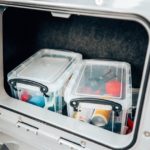
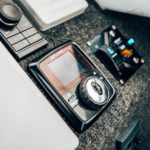
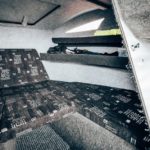
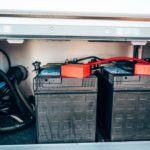
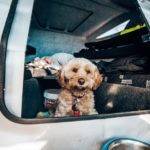
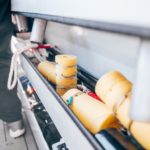
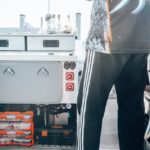
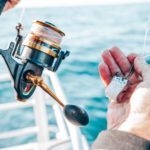
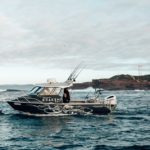
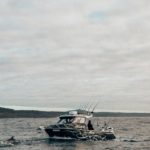
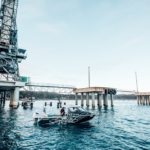
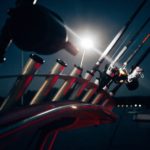
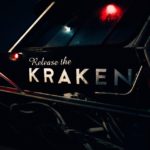
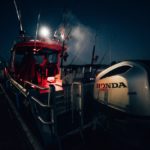
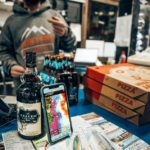
Recent Comments